Budapest is a city that combines historical architecture and modernity with an abundance of green spaces. Despite being one of Europe’s liveliest capitals, nature blends harmoniously into its urban environment, offering havens of biodiversity amidst the hustle and bustle. Nature in parks, avenues and gardens not only beautify the city, but also play a crucial role in the quality of life of its inhabitants and in the conservation of local fauna. In addition, these green spaces serve as urban lungs, regulating temperature and improving air quality in an environment increasingly affected by urbanisation and traffic.
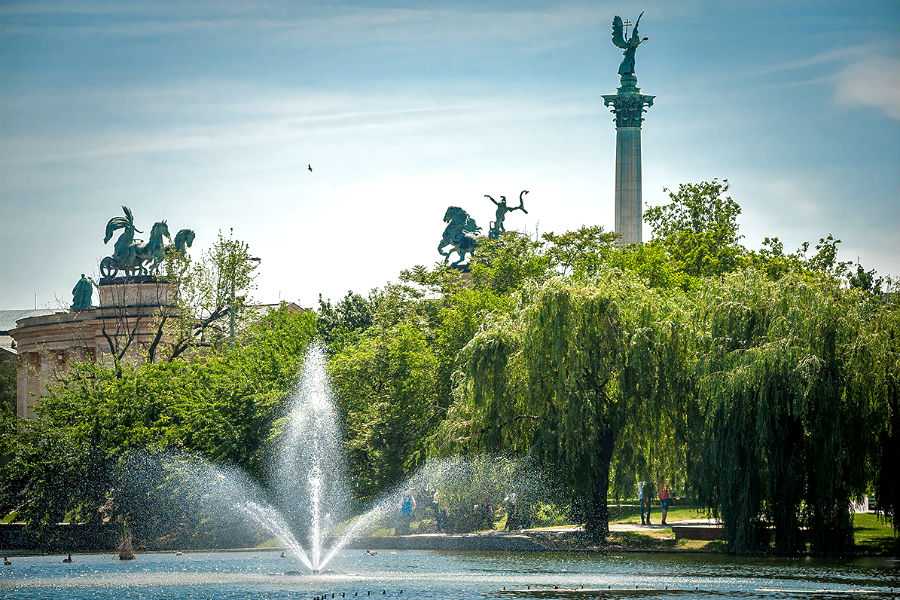
Flora:
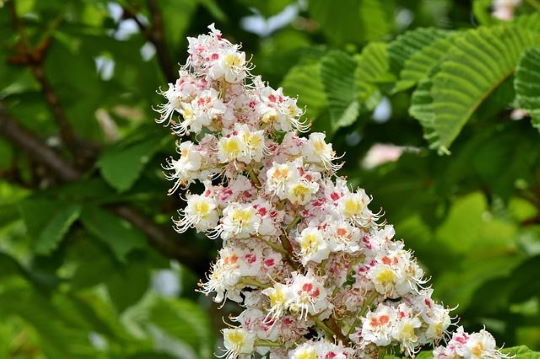
Budapest’s green spaces are home to a wide variety of plant species, providing shade and beautifying the city. Among the most common trees are the lime trees (Hársfa), which are very common in the area, the oaks (Tölgyfa), which provide shelter for birds and small mammals, and the horse chestnut trees (Vadgesztenye), which bloom in spring and provide a very pleasant view of the city. Also frequent are the maples (Juharfa), famous for their autumnal tones, and the pines (Fenyőfa), used in reforestation.
The ELTE Füvészkert Botanical Garden is home to a great diversity of species, while the City Park (Városliget) is an example of reforestation and conservation of green areas in the Hungarian capital.
Fauna:
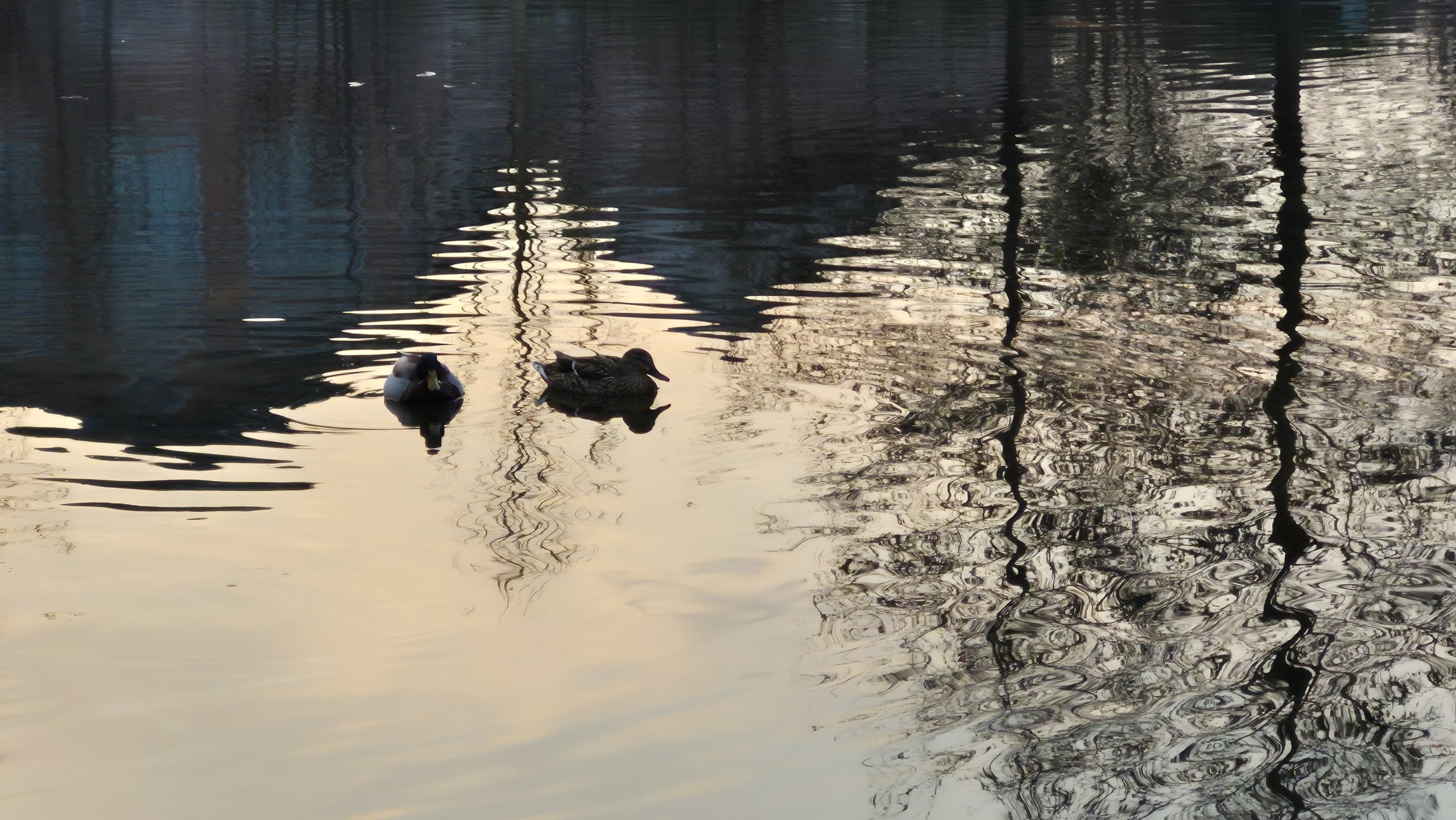
In addition to terrestrial and aerial fauna, the Danube River is home to a rich aquatic life. Along with waterfowl, fish such as carp and catfish can be found, which are part of the river’s natural fauna and contribute to the area’s biodiversity.
Budapest’s parks and rivers are home to a rich variety of animal species, many of them adapted to urban life. Among the most common birds are sparrows, crows and pigeons, which coexist with more conspicuous species such as the kingfisher and peregrine falcon. In winter, it is common to see swans and ducks on the Danube, making the riverbank an important seasonal refuge for migratory birds.
As for small mammals, squirrels and hedgehogs are common in the parks, while some foxes may appear on the outskirts, especially in areas bordering urban forests such as those in the Buda Hills. In areas close to the Danube and urban lakes, frogs, toads and some species of lizards can also be found. These reptiles and amphibians play a key role in the ecosystem, controlling insect populations.
Parks and Green Spaces
These parks offer rest areas and the chance to see the city’s wildlife. Each park, from large lawns to lush gardens and urban forests, is a place where plants and animals can live. It is a break from city life and a place where visitors can enjoy nature in the middle of the Hungarian capital:
City Park (Városliget):
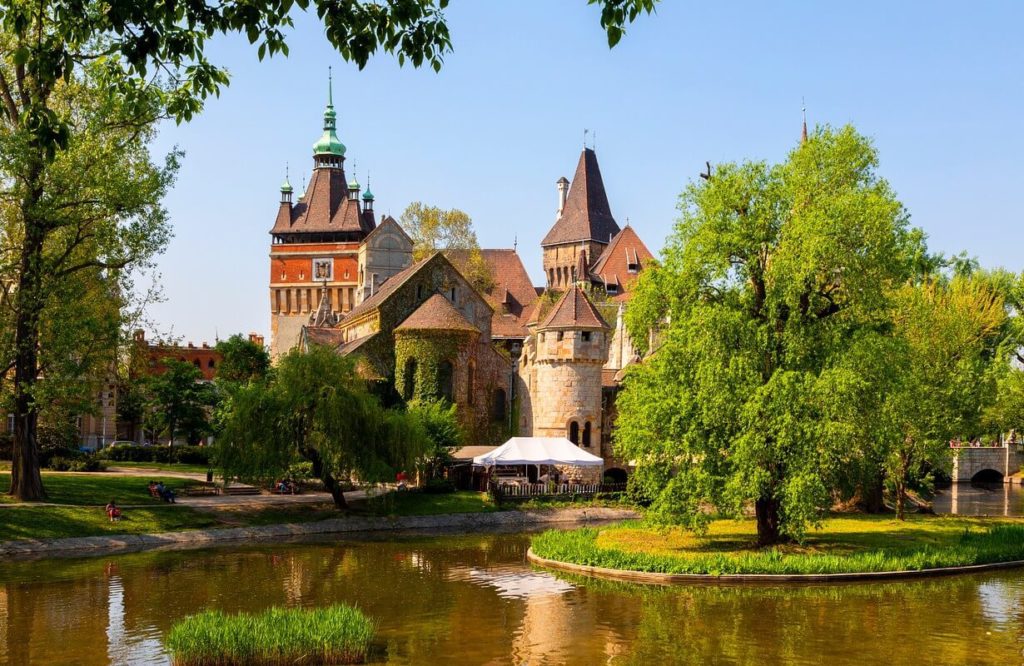
City Park (Városliget): Located in the 14th district, Városliget is one of Budapest’s largest and most iconic parks, with a history dating back to the 18th century. In addition to its extensive greenery and shady paths, the park is home to some of the city’s most important attractions, such as the Budapest Zoo, Vajdahunyad Castle and the famous Széchenyi Baths. During a stroll along its paths, it is common to see squirrels moving through the trees, crows perched in the branches and sparrows fluttering in search of food. Ducks and other waterfowl can also be seen in the park’s ponds, making Városliget a point of interest for both nature lovers and those looking to relax in green surroundings.
Margaret Island (Margitsziget):
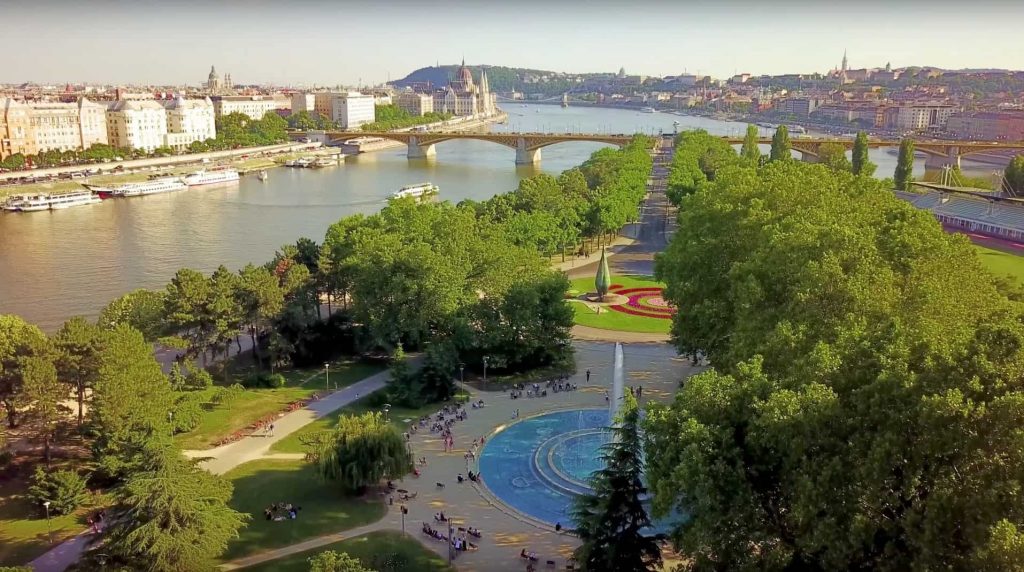
Located in the middle of the Danube, Margaret Island is a natural oasis in the heart of Budapest. It is an ideal destination for those looking to escape the hustle and bustle of the city without going too far away. The island has extensive gardens, walking and jogging trails, as well as a small zoo where you can observe local deer and birds. The vegetation includes centuries-old lime and oak trees, offering cooling shade in the warmer months. In addition, swans and ducks can be seen in the island’s artificial lakes and ponds, making it an excellent place for bird watching. Thanks to its location on the river, it is also a strategic spot for spotting other aquatic species that inhabit the Danube.
Buda Hills:
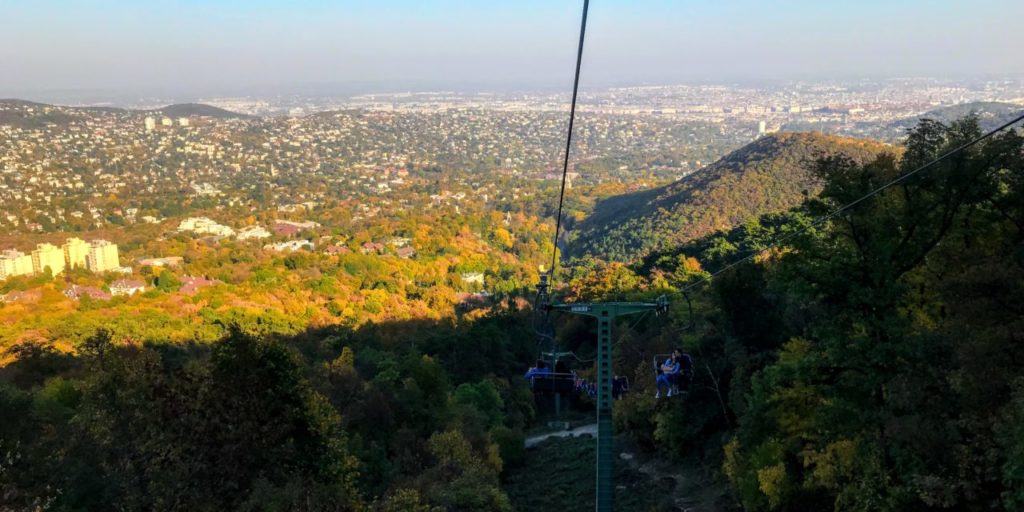
To the west of the city, the Buda Hills offer the perfect natural environment for those looking for hiking and outdoor activities. Places like Normafa, János-hegy and Széchenyi-hegy have numerous wooded trails, viewpoints with panoramic views and a wealth of biodiversity. In these areas, far from the urban bustle, it is possible to find foxes exploring the terrain at dusk, hedgehogs hiding in the undergrowth and even some species of reptiles, such as lizards camouflaging themselves among the rocks. These hills are also home to several species of birds, including birds of prey such as the buzzard.
Buda Castle Gardens:
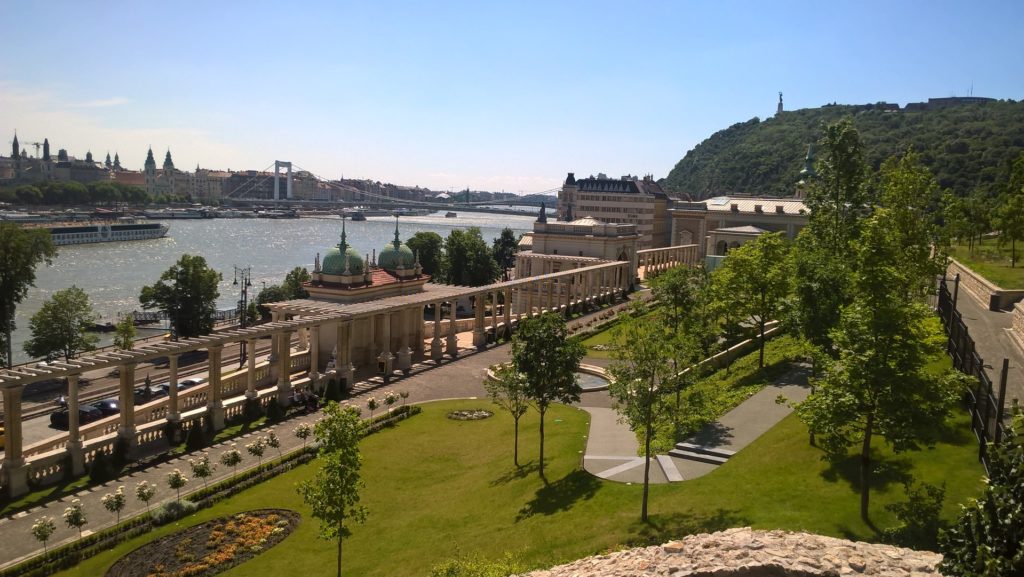
The surroundings of Buda Castle are not only a site of great historical value, but also a natural space with well-kept gardens and paths offering spectacular views of the Danube and the city centre. Throughout these gardens, visitors can find small groves and landscaped areas where various species of birds take refuge. One of the most emblematic inhabitants of the area is the peregrine falcon, which can be seen flying over the towers and rooftops in search of prey. Other more common birds, such as sparrows and blackbirds, can also be spotted in these surroundings, which combine the charm of history with the presence of nature.
Kopaszi-gát Park:
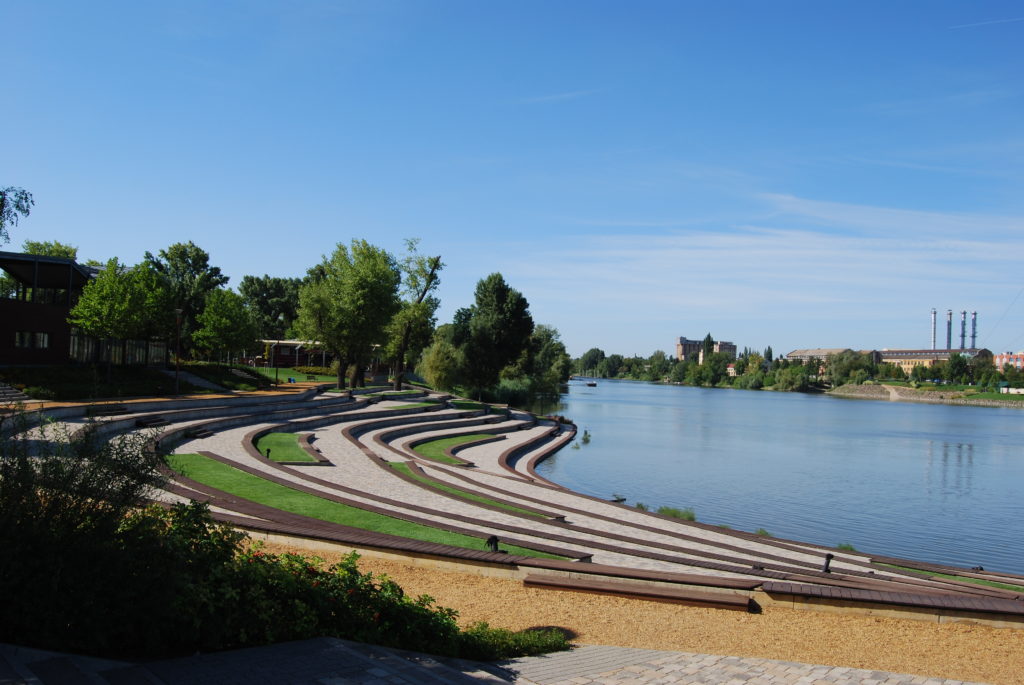
Located on the southern bank of the Danube, Kopaszi-gát Park is a modern and well-designed space that combines nature and recreational areas. It is an ideal place to stroll along the water, relax in its large green areas or enjoy its open-air cafés and restaurants. Its location by the river makes it an excellent spot for watching water birds such as gulls and herons, which fly over the area in search of food. The Danube waters surrounding the park are also home to fish such as carp and catfish, which are characteristic of the Hungarian river ecosystem.

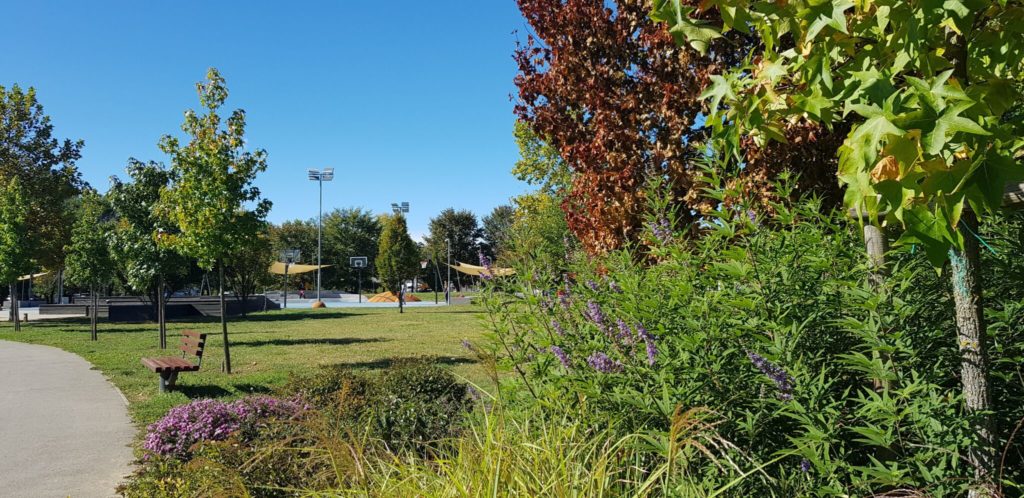
Comments are closed.